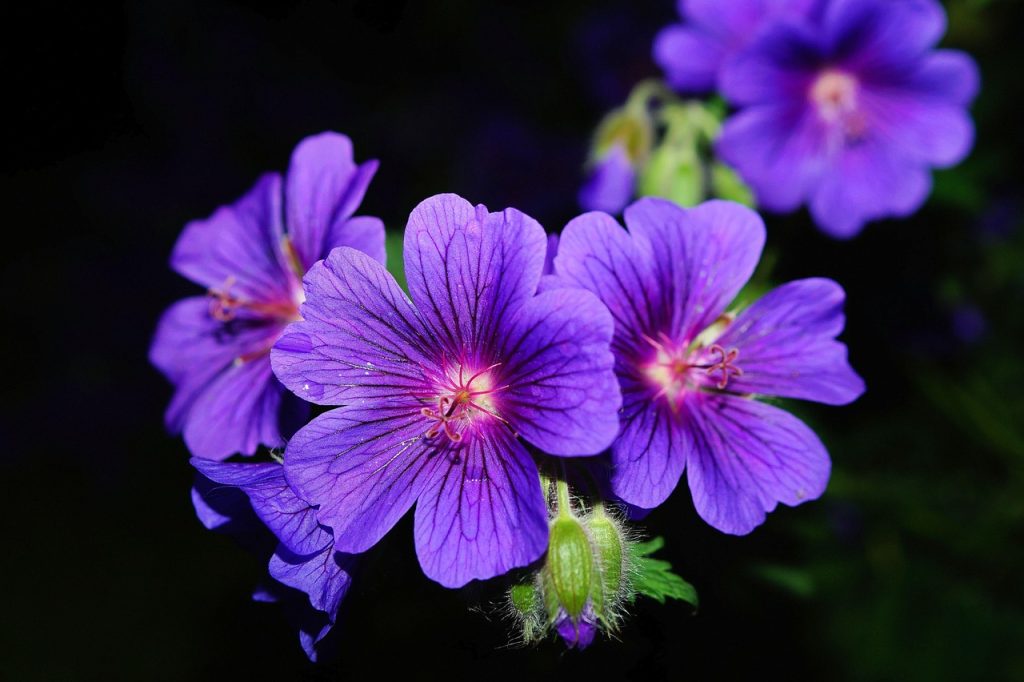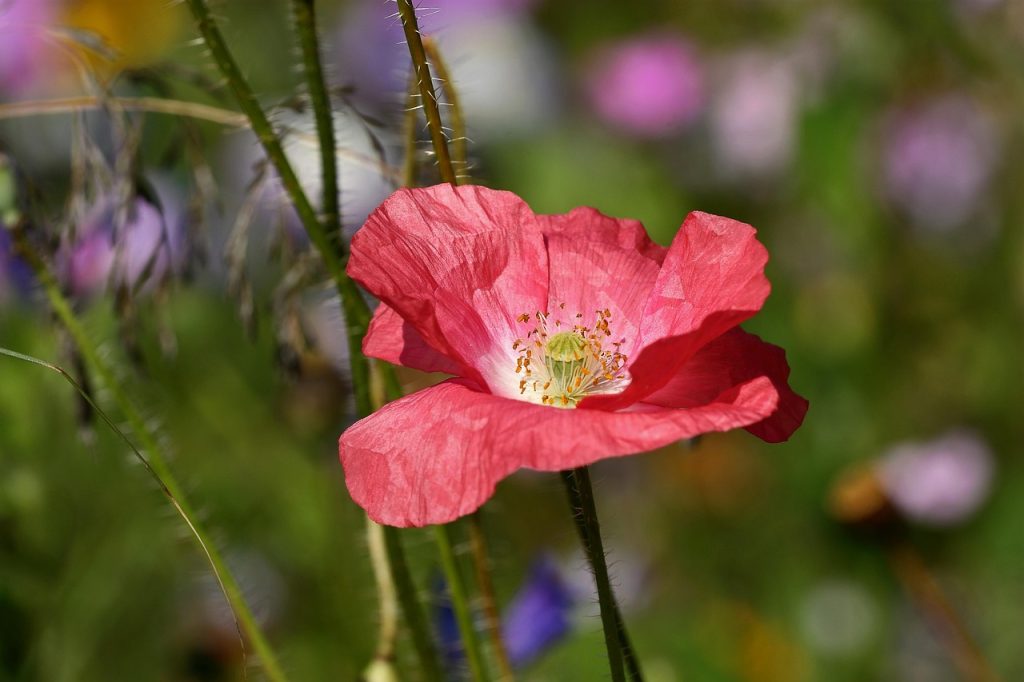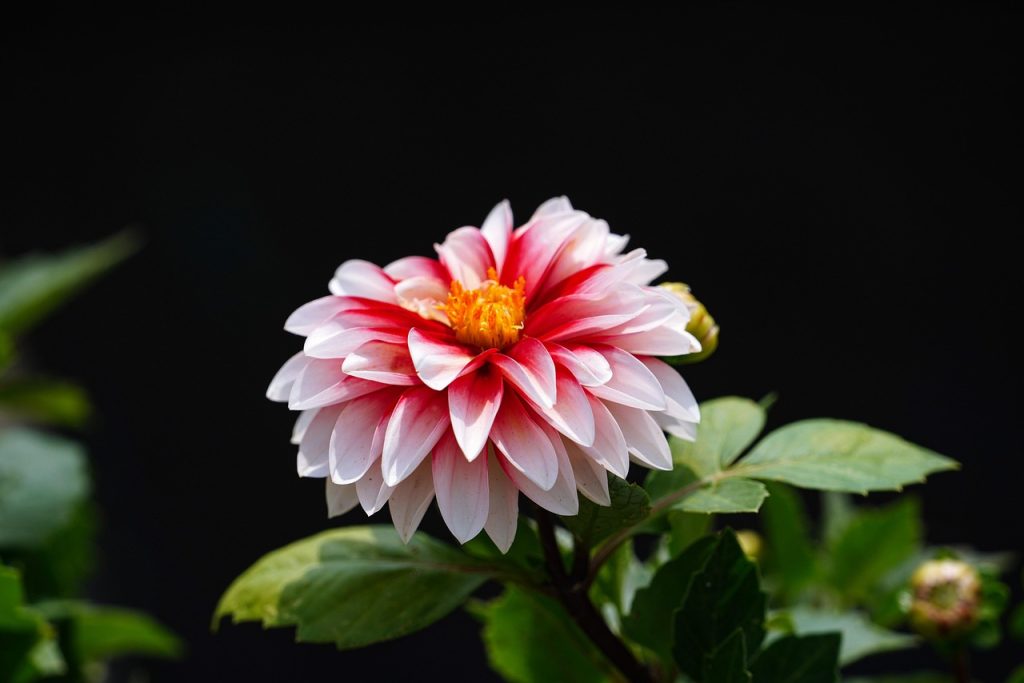Caring for Pothos Plants, known for their heart-shaped leaves and trailing vines, have become a favorite among indoor plant enthusiasts. Their reputation for being low-maintenance yet visually striking makes them ideal for both novice and experienced gardeners. Native to the Solomon Islands, these plants thrive in a variety of environments, adapting well to indoor conditions. Their vibrant foliage not only enhances home decor but also contributes to improved indoor air quality.

Origins and Characteristics of Pothos
Pothos, or Epipremnum aureum, belongs to the Araceae family. Originating from the lush tropical forests of Southeast Asia, these plants are accustomed to growing under the canopy of towering trees, absorbing filtered sunlight and thriving in humid conditions. In their natural habitat, pothos can grow up to 40 feet long, with leaves reaching over three feet in length. Indoors, however, they are more manageable, with vines typically growing up to 10 feet.
Varieties of Pothos
There are several popular varieties of pothos, each boasting unique leaf patterns and colors:
- Golden Pothos: Recognized for its green leaves variegated with yellow.
- Marble Queen: Features creamy white marbling across its leaves.
- Neon Pothos: Known for its bright, lime-green foliage.
- N’Joy Pothos: Displays white and green variegation with smaller, more compact leaves.
Ideal Growing Conditions for Pothos
To ensure your pothos thrives, it’s crucial to replicate its natural growing conditions as closely as possible.
Light Requirements
Caring for Pothos Plants are incredibly versatile when it comes to light. While they prefer bright, indirect sunlight, they can also tolerate low-light conditions, making them perfect for offices or rooms with limited natural light. However, avoid exposing them to direct sunlight, as this can scorch their leaves.
Soil and Watering
Pothos thrives in well-draining potting soil. A mixture designed for houseplants or a simple blend of peat moss, perlite, and vermiculite works well. When it comes to watering, allow the top inch of soil to dry out between waterings. Overwatering can lead to root rot, a common issue with pothos care.
Temperature and Humidity
Ideal temperatures for pothos range from 65°F to 85°F. While they can tolerate a slight drop in temperature, they should be kept away from drafty windows or doors during the colder months. Pothos enjoy high humidity levels, so consider misting them occasionally or placing a humidifier nearby if your home is particularly dry.
Planting and Propagating Pothos
Pothos are straightforward to plant and propagate, making them a favorite for gardeners looking to expand their collection.
Planting Pothos
When planting pothos, choose a pot with adequate drainage holes. Fill it with the recommended soil mix and plant your pothos, ensuring that it’s planted at the same depth as it was in its previous container. Water thoroughly after planting to help settle the soil.
Propagating Pothos
To propagate pothos, simply cut a stem below a node and place it in water or directly into soil. If you choose water propagation, change the water weekly and wait for roots to reach about two inches before transferring to soil. Propagating in soil allows the plant to adapt quickly to its new environment.

Seasonal Care for Pothos
While pothos are low-maintenance, seasonal changes require some adjustments to their care routine.
Spring and Summer Care
During the growing season, pothos may require more frequent watering. Fertilizing once a month with a balanced, water-soluble fertilizer can also encourage growth. Ensure they receive adequate light to support their energy needs during these active months.
Fall and Winter Care
In the cooler months, pothos growth slows down. Reduce watering frequency, allowing the soil to dry out more between waterings. Fertilization can also be decreased to once every two months. Keep your plant in a well-lit area to maximize its limited light exposure.
Common Problems and Solutions
Even though pothos are resilient, they can face a few challenges.
Yellowing Leaves
Yellow leaves typically indicate overwatering. Ensure the pot drains well and adjust your watering schedule. Occasionally, yellowing can be due to insufficient light, so evaluate the plant’s lighting conditions.
Brown Leaf Tips
Brown tips often result from dry air or inconsistent watering. Increasing humidity and maintaining a regular watering routine should mitigate this issue.
Pests
Pothos can attract common pests like spider mites and mealybugs. Regularly inspect your plant and wipe down leaves with a damp cloth or use insecticidal soap for infestations.

Practical Uses of Pothos
Beyond aesthetics, Caring for Pothos Plants have practical benefits. They are excellent air purifiers, removing toxins such as formaldehyde and benzene from indoor environments. Their trailing vines can enhance vertical spaces, making them perfect for hanging baskets or shelves.
FAQs about Pothos
Yes, pothos can grow in water indefinitely, but they may not thrive as well as in soil. Ensure water is changed regularly to provide nutrients.
Repotting every 1-2 years is ideal, or when roots begin to outgrow the pot. Choose a pot slightly larger than the current one to accommodate growth.
Yes, pothos are toxic to pets if ingested. Keep them out of reach of curious cats and dogs to prevent any health issues.
Pruning your pothos encourages new growth. Cut back long vines and trim just above a leaf node to promote a fuller plant.